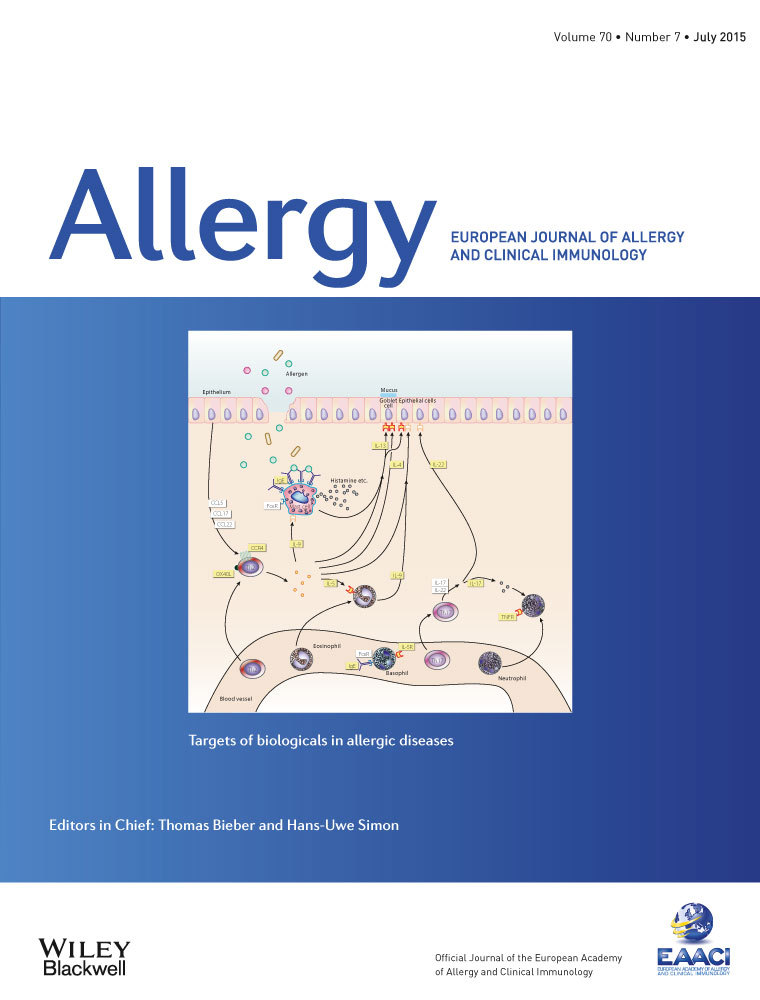Unintended allergens in precautionary labelled and unlabelled products pose significant risks to UK allergic consumers
Abstract
Background
Allergens in food may pose a risk to allergic consumers. While there is EU regulation for allergens present as an ingredient, this is not the case for unintended allergen presence (UAP). Food companies use precautionary allergen labels to inform allergic individuals of a potential risk from UAPs. This study investigates the risk of an allergic reaction within the milk-, wheat-, hazelnut- and peanut-allergic populations when ingesting UK foods across multiple product categories with and without precautionary allergen labelling.
Methods
Allergen risk assessment using probabilistic techniques enables the estimation of the residual risk after the consumption of a product that unintentionally contains an allergen.
Results
Within this selection of UK products, the majority that tested positive for an allergen contained a concentration of allergen predicted to cause a reaction in >1% of the allergic population. The concentrations of allergens measured were greater than the VITAL® 2.0 action levels and would trigger precautionary allergen labelling. This was found for products both with and without precautionary allergen labelling.
Conclusions
The results highlight the need for the food industry and regulators to adopt a transparent, risk-based approach for the communication of the risk associated with potential cross-contact that could occur in the processing facility or production chain.




